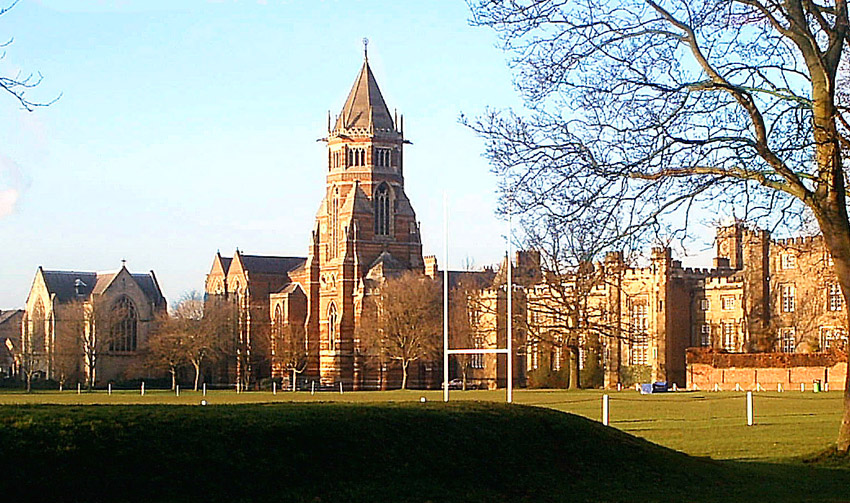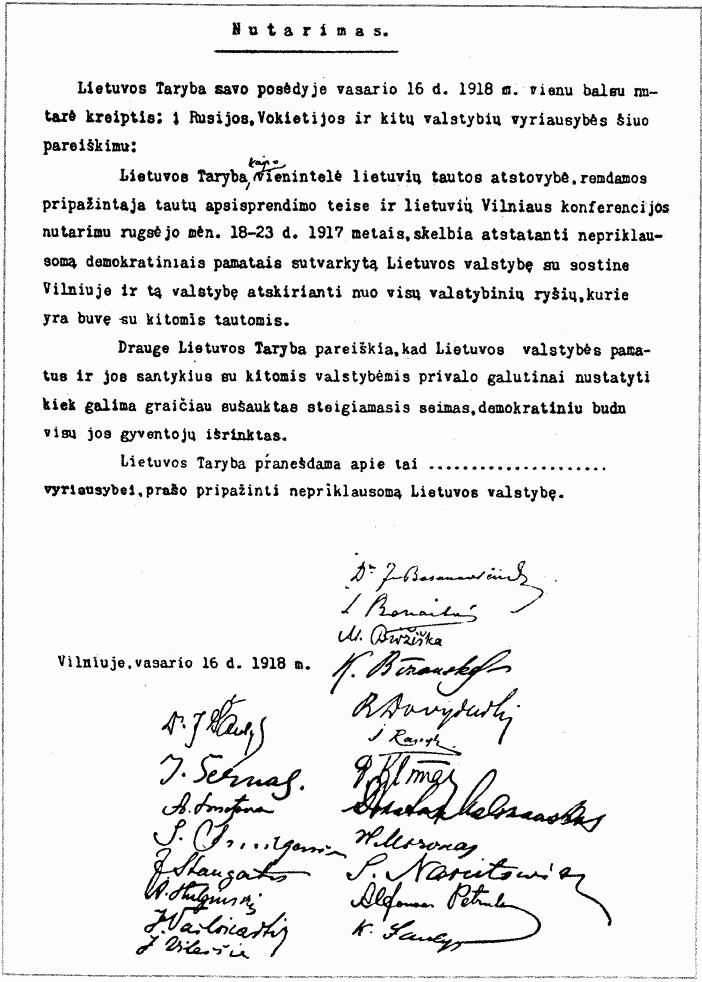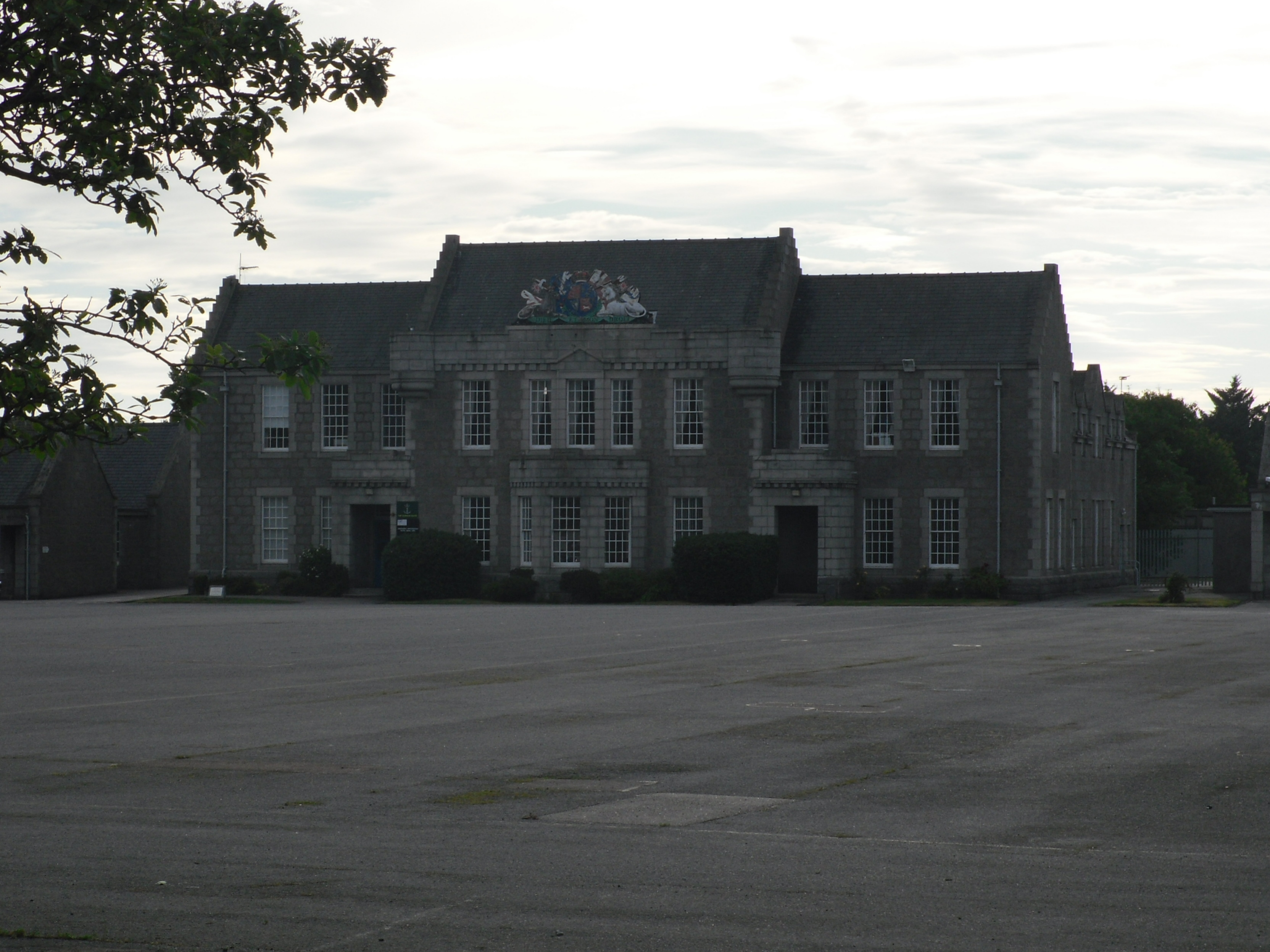|
Douglas Ford (GC)
Captain Douglas Ford (18 September 1918 – 18 December 1943) was a British Army officer of the Royal Scots and a British prisoner of war in the Second World War, who was posthumously awarded the George Cross for conspicuous gallantry. His citation was published in the London Gazette on 18 March 1946. Early life Ford was born in Galashiels in September 1918. He was a son of Mrs and Mrr Douglas Ford, of 25 Bryce Avenue, Portobello. He was educated at the Royal High School, Edinburgh. A keen sportsman, excelling in rugby and cricket, he rose to school captain in 1936. He was 20, and on part-time studies at the University of Edinburgh for chartered accountancy, when he joined the Royal Scots at the outbreak of war. A member of the University OTC, he was commissioned, and posted to Hong Kong. His brother, James Allan Ford, was also a captain in the Royal Scots. This was the first time that two brothers in the regiment had served together in Hong Kong. Second World War Ford was ... [...More Info...] [...Related Items...] OR: [Wikipedia] [Google] [Baidu] |
Galashiels
Galashiels (; sco, Gallae, gd, An Geal Àth) is a town in the Scottish Borders with a population of around 12,600. Its name is often colloquially shortened to "Gala". The town is a major commercial centre for the Borders region with extensive history in the textile industry. Galashiels is the location of Heriot-Watt University's School of Textiles and Design. Location Galashiels is south of Edinburgh and north of Carlisle on the A7 road. Gala lies on the border between the historic counties of Roxburghshire and Selkirkshire, on the Gala Water river. History To the west of the town there is an ancient earthwork known as the Picts' Work Ditch or Catrail. It extends many miles south and its height and width vary. There is no agreement about the purpose of the earthwork. There is another ancient site on the north-western edge of the town, at Torwoodlee, an Iron Age hill fort, with a later broch known as Torwoodlee Broch built in the western quarter of the hill fort, ... [...More Info...] [...Related Items...] OR: [Wikipedia] [Google] [Baidu] |
Rugby Union
Rugby union, commonly known simply as rugby, is a Contact sport#Terminology, close-contact team sport that originated at Rugby School in the first half of the 19th century. One of the Comparison of rugby league and rugby union, two codes of rugby football, it is based on running with the ball in hand. In its most common form, a game is played between two teams of 15 players each, using an Rugby ball, oval-shaped ball on a rectangular field called a pitch. The field has H-shaped Goal (sports)#Structure, goalposts at both ends. Rugby union is a popular sport around the world, played by people of all genders, ages and sizes. In 2014, there were more than 6 million people playing worldwide, of whom 2.36 million were registered players. World Rugby, previously called the International Rugby Football Board (IRFB) and the International Rugby Board (IRB), has been the governing body for rugby union since 1886, and currently has 101 countries as full members and 18 associate ... [...More Info...] [...Related Items...] OR: [Wikipedia] [Google] [Baidu] |
1918 Births
This year is noted for the end of the First World War, on the eleventh hour of the eleventh day of the eleventh month, as well as for the Spanish flu pandemic that killed 50–100 million people worldwide. Events Below, the events of World War I have the "WWI" prefix. January * January – 1918 flu pandemic: The "Spanish flu" (influenza) is first observed in Haskell County, Kansas. * January 4 – The Finnish Declaration of Independence is recognized by Soviet Russia, Sweden, Germany and France. * January 9 – Battle of Bear Valley: U.S. troops engage Yaqui Native American warriors in a minor skirmish in Arizona, and one of the last battles of the American Indian Wars between the United States and Native Americans. * January 15 ** The keel of is laid in Britain, the first purpose-designed aircraft carrier to be laid down. ** The Red Army (The Workers and Peasants Red Army) is formed in the Russian SFSR and Soviet Union. * January 18 - The Historic Concert for ... [...More Info...] [...Related Items...] OR: [Wikipedia] [Google] [Baidu] |
James Allan Ford
James Allan Ford CB MC (10 June 1920 – 30 March 2009) was a Scottish writer, soldier and senior civil servant. Born in Auchtermuchty, Fife, Ford was brought up in Edinburgh and educated at the Royal High School. In 1938 he entered the civil service, worked in the Ministry of Labour and Inland Revenue. During the Second World War he served with the Royal Scots in Hong Kong, with the rank of captain. When Hong Kong was taken by the Japanese, Ford and his brother Douglas were captured and held as prisoners-of-war. Douglas was executed, and James was not released until 1945. He received the Military Cross for his service. Returning to Edinburgh, Ford rejoined the civil service and studied law part-time. From 1966 to 1969 he was Registrar General for Scotland, and went on to the Scottish Office. He was awarded the CB in the 1978 Birthday Honours, shortly before his retirement. Ford was president of the writers' association Scottish PEN during the 1980s, and was a trustee of th ... [...More Info...] [...Related Items...] OR: [Wikipedia] [Google] [Baidu] |
George VI
George VI (Albert Frederick Arthur George; 14 December 1895 – 6 February 1952) was King of the United Kingdom and the Dominions of the British Commonwealth from 11 December 1936 until his death in 1952. He was also the last Emperor of India from 1936 until the British Raj was dissolved in August 1947, and the first Head of the Commonwealth following the London Declaration of 1949. The future George VI was born in the reign of his great-grandmother Queen Victoria; he was named Albert at birth after his great-grandfather Albert, Prince Consort, and was known as "Bertie" to his family and close friends. His father ascended the throne as George V in 1910. As the second son of the king, Albert was not expected to inherit the throne. He spent his early life in the shadow of his elder brother, Prince Edward, the heir apparent. Albert attended naval college as a teenager and served in the Royal Navy and Royal Air Force during the First World War. In 1920, he was made ... [...More Info...] [...Related Items...] OR: [Wikipedia] [Google] [Baidu] |
Royal Air Force
The Royal Air Force (RAF) is the United Kingdom's air and space force. It was formed towards the end of the First World War on 1 April 1918, becoming the first independent air force in the world, by regrouping the Royal Flying Corps (RFC) and the Royal Naval Air Service (RNAS). Following the Allied victory over the Central Powers in 1918, the RAF emerged as the largest air force in the world at the time. Since its formation, the RAF has taken a significant role in British military history. In particular, it played a large part in the Second World War where it fought its most famous campaign, the Battle of Britain. The RAF's mission is to support the objectives of the British Ministry of Defence (MOD), which are to "provide the capabilities needed to ensure the security and defence of the United Kingdom and overseas territories, including against terrorism; to support the Government's foreign policy objectives particularly in promoting international peace and security". T ... [...More Info...] [...Related Items...] OR: [Wikipedia] [Google] [Baidu] |
Hector Gray
Hector Bertram Gray (6 June 1911 – 18 December 1943) was an officer of the Royal Air Force, and a member of the British Army Aid Group, who was posthumously awarded the George Cross for "most conspicuous gallantry" in resisting torture after the Japanese occupation of Hong Kong in 1941. Early life Gray was born on 6 June 1911 in Gillingham, Kent the son of Lionel and Adela (née Duff) Gray, his father was a musician. Gray joined the Royal Air Force as an aircraft apprentice at RAF Halton. Long distance flight In November 1938 Gray, then a Sergeant Pilot with the RAF Long Range Development Flight, was acting as a radio operator/mechanic in one of three Vickers Wellesley bombers that flew non-stop for two days from Ismailia, Egypt to Darwin, Australia (7,162 mi/11,525 km) setting a world distance record. The Wellesley's record remained unbroken until November 1945 but it remains the longest by a single engined aircraft. Gray was awarded the Air Force Medal for the f ... [...More Info...] [...Related Items...] OR: [Wikipedia] [Google] [Baidu] |
Middlesex Regiment
The Middlesex Regiment (Duke of Cambridge's Own) was a line infantry regiment of the British Army in existence from 1881 until 1966. The regiment was formed, as the Duke of Cambridge's Own (Middlesex Regiment), in 1881 as part of the Childers Reforms when the 57th (West Middlesex) and 77th (East Middlesex) Regiments of Foot were amalgamated with the county's militia and rifle volunteer units. On 31 December 1966 the Middlesex Regiment (Duke of Cambridge's Own) was amalgamated with the other regiments of the Home Counties Brigade, the Queen's Royal Surrey Regiment, the Queen's Own Buffs, The Royal Kent Regiment and the Royal Sussex Regiment to form the Queen's Regiment. The latter regiment was, however, short-lived and itself subject to a merger on 9 September 1992 with the Royal Hampshire Regiment to form the Princess of Wales's Royal Regiment (Queen's and Royal Hampshires). The Middlesex Regiment was one of the principal home counties based regiments with a long tradition. ... [...More Info...] [...Related Items...] OR: [Wikipedia] [Google] [Baidu] |
Lance Newnham
Colonel Lanceray Arthur Newnham (3 August 1889 – 18 December 1943), known as Lance or Lan Newnham, was a British Army officer. He was posthumously awarded the George Cross for the gallantry he showed in resisting Japanese torture during the Second World War. Early life Newnham was born on 3 August 1889 in India. He was the son of Lieutenant-Colonel Arthur Tristram H. Newnham and his wife, Ekaterina. He was educated in England, at Bedales School First World War Newnham was first deployed to France to join the British Expeditionary Force as a Captain with the Middlesex Regiment (Duke of Cambridge's Own) in August 1915. On 5 February 1916 he was appointed as the Brigade Major, 169th (Infantry) Brigade, 56th (London) Division, Territorial Force, holding the post through the severe fighting of the Somme Offensive of 1916 and the Arras Offensive of 1917, until relinquishing it on 27 May 1917. He then served for five months as General Staff Officer 2nd Class at the New Zealand ... [...More Info...] [...Related Items...] OR: [Wikipedia] [Google] [Baidu] |
Stanley Prison
Stanley Prison (c. January 1937, previously known as Hong Kong Prison at Stanley) is one of the six maximum security facilities in Hong Kong. History Built in 1937, Stanley Prison is currently the oldest institution still in service (the oldest prison built in Hong Kong was Victoria Prison, which ceased operation on 24 December 2005) and houses both male adult convicted prisoners and male adult remand prisoners. It was set up by the then Prisons Department, and is now administered by the Correctional Services Department. The maximum capacity of the prison is 1,511 and it has over 800 staff and officers. Stanley Prison, at the time of its construction, was considered to be one of the finest prisons in the British Empire. It was a modern structure built of stone, concrete and steel and consisted of six cell blocks set behind an 18-foot wall. It was originally designed to house 1,500 prisoners. Before Hong Kong officially abolished the death penalty in 1993, Stanley Prison ha ... [...More Info...] [...Related Items...] OR: [Wikipedia] [Google] [Baidu] |
Battle Of Hong Kong
The Battle of Hong Kong (8–25 December 1941), also known as the Defence of Hong Kong and the Fall of Hong Kong, was one of the first battles of the Pacific War in World War II. On the same morning as the attack on Pearl Harbor, forces of the Empire of Japan attacked the British Crown colony of Hong Kong, without declaring war against the British Empire. The Hong Kong garrison consisted of British, Indian and Canadian units, also the Auxiliary Defence Units and Hong Kong Volunteer Defence Corps (HKVDC). Within a week the defenders abandoned the 2 of the 3 territories of Hong Kong ( Kowloon and New Territories) on the mainland, and less than two weeks later, with their last territory Hong Kong Island untenable, the colony surrendered. Background Britain first thought of Japan as a threat with the ending of the Anglo-Japanese Alliance in 1921, a threat that increased throughout the 1930s with the escalation of the Second Sino-Japanese War. On 21 October 1938 the Japanese ... [...More Info...] [...Related Items...] OR: [Wikipedia] [Google] [Baidu] |
Officers' Training Corps
The Officers' Training Corps (OTC), more fully called the University Officers' Training Corps (UOTC), are military leadership training units operated by the British Army. Their focus is to develop the leadership abilities of their members whilst giving them an opportunity to take part in military life whilst at university. OTCs also organise non-military outdoor pursuits such as hill walking and mountaineering. UOTC units are not deployable units nor are their cadets classed as trained soldiers. The majority of members of the UOTC do not go on to serve in the regular or reserve forces. History General history of the units The emergence of the Officers' Training Corps as a distinct unit began in 1906, when the Secretary of State for War, Lord Haldane, first appointed a committee to consider the problem of the shortage of officers in the Militia, the Volunteer Force, the Yeomanry, and the Reserve of Officers. The committee recommended that an Officers' Training Corps be formed. T ... [...More Info...] [...Related Items...] OR: [Wikipedia] [Google] [Baidu] |





